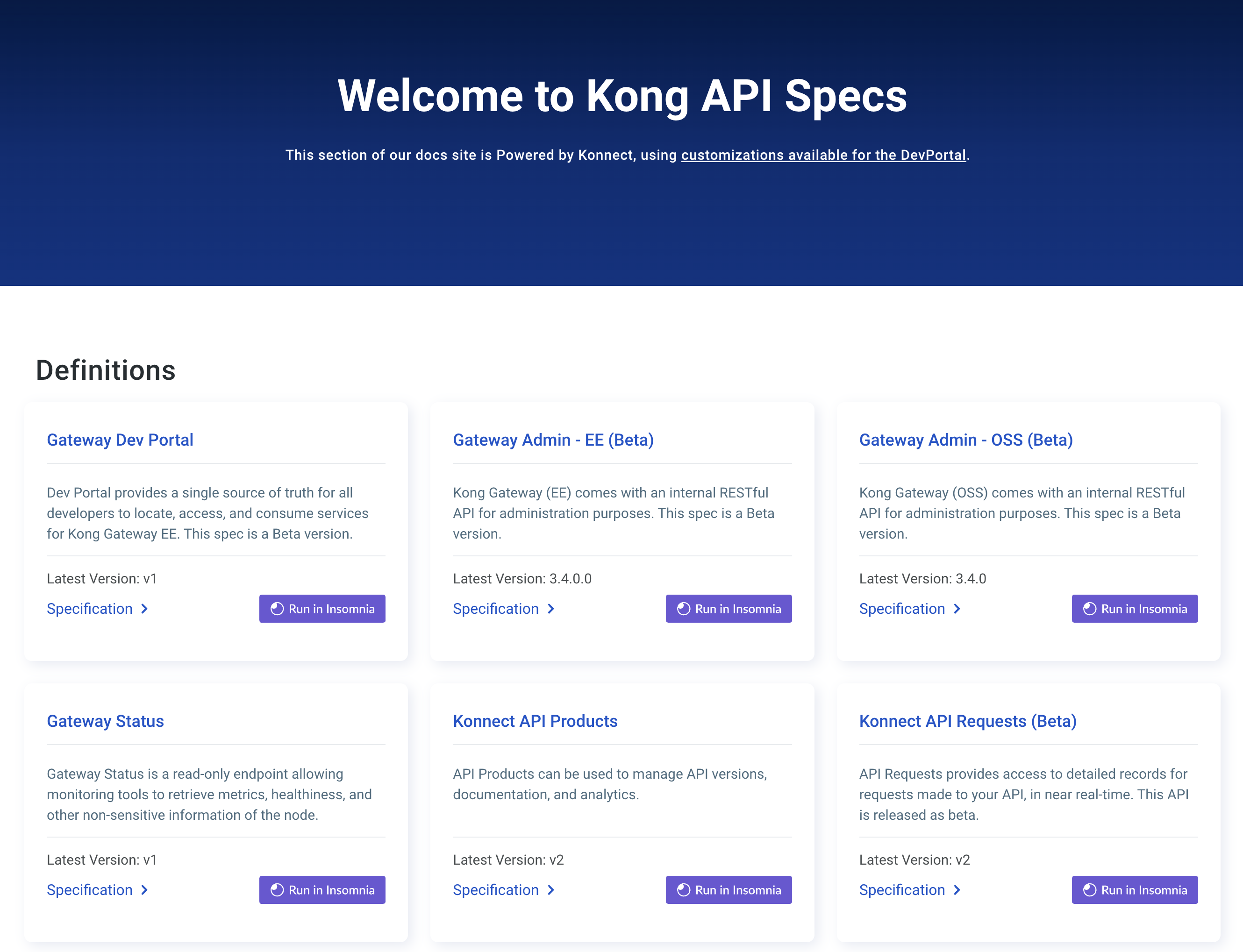このページは、まだ日本語ではご利用いただけません。翻訳中です。
旧バージョンのドキュメントを参照しています。 最新のドキュメントはこちらをご参照ください。
Create a Route
After you’ve installed all of the required components and configured a GatewayClass you can route some traffic to a service in your Kubernetes cluster.
Configure the echo service
-
In order to route a request using Kong Gateway we need a service running in our cluster. Install an
echoservice using the following command:kubectl apply -f https://docs.jp.konghq.com/assets/kubernetes-ingress-controller/examples/echo-service.yaml -
Create a
HTTPRouteto send any requests that start with/echoto the echo service.echo ' kind: HTTPRoute apiVersion: gateway.networking.k8s.io/v1 metadata: name: echo spec: parentRefs: - group: gateway.networking.k8s.io kind: Gateway name: kong rules: - matches: - path: type: PathPrefix value: /echo backendRefs: - name: echo port: 1027 ' | kubectl apply -f -The results should look like this:
httproute.gateway.networking.k8s.io/echo created
Test the configuration
-
Run
kubectl get gateway kong -n defaultto get the IP address for the gateway and set that as the value for the variablePROXY_IP.export PROXY_IP=$(kubectl get gateway kong -n default -o jsonpath='{.status.addresses[0].value}')Note: if your cluster can not provision LoadBalancer type Services then the IP you receive may only be routable from within the cluster.
-
Make a call to the
$PROXY_IPthat you configured.curl $PROXY_IP/echo -
You should see the following:
Welcome, you are connected to node king. Running on Pod echo-965f7cf84-rm7wq. In namespace default. With IP address 192.168.194.10.Congratulations! You just configured Kong Gateway Operator, Kong Ingress Controller and Kong Gateway using open standards.
Next steps
Now that you have a running DataPlane configured using Gateway API resources, you can explore the power that Kong Gateway provides:












